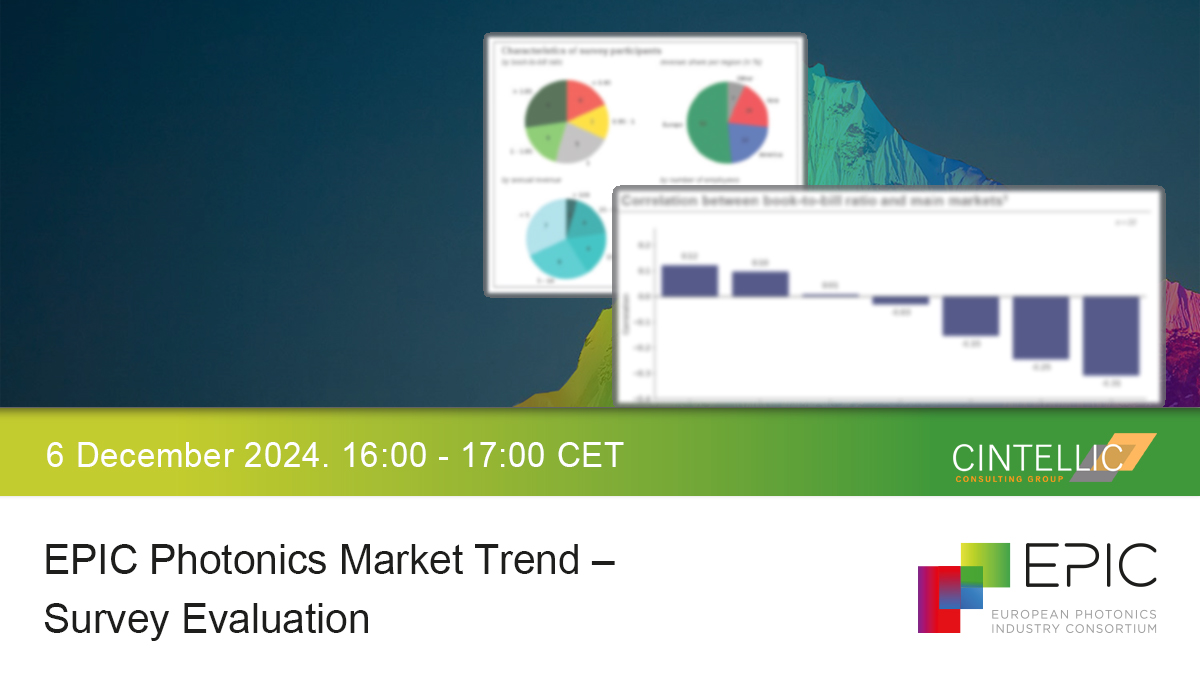Maximizing Photonics Potential in Automotive Lighting Systems

OLEDs, micro-LEDs, microlens arrays (MLAs), and color measurement technologies are increasingly being adopted in the automotive industry. These advancements offer significant advantages over traditional lighting systems, including improved efficiency, enhanced longevity, and greater design flexibility. In this article, Jérémy Picot-Clémente explores the latest innovations in this field, highlighting contributions from EPIC members such as Luminus Devices, Noctiluca, QNA Technology, DELO Industrial Adhesives, Focuslight, TechnoTeam Bildverarbeitung, and the automotive supplier FORVIA HELLA.
The automotive industry has traditionally been at the fore of adopting emerging technologies to improve safety, performance, and user experience. In recent years, photonics has solidified its role as a transformative force in automotive lighting; photonics technologies provide significant benefits compared with traditional and legacy lighting systems, ranging from improved efficiency and longevity to overall design flexibility. Among the innovation areas driving these advantages are LEDs, OLEDs, and micro-LEDs as well as microlens arrays (MLAs) and color measurement technology.
LED solutions for automotive projection
LEDs generate light through electroluminescence, a process that involves the recombination of electrons and electron holes in an inorganic semiconductor. The wavelength of the light produced depends on the energy bandgap of the semiconductors used. The favored semiconductor material may be, for example, gallium arsenide (infrared); aluminum gallium arsenide (red); gallium phosphide (green); or zinc selenide (blue).
A range of LED-enabled technologies is already incorporated into next-generation automotive display applications. California-based Luminus is one such developer of LED technologies, supporting augmented reality (AR) and holographic head-up displays, interior dynamic lighting, rear/side window displays, and dynamic ground projection. The company’s portfolio of LED solutions spans platforms (and wavelengths), with LED offerings from approximately 260 to 280 nm, to 610 to 950 nm.
Especially for digital light processing (DLP) applications, Luminus’ LED offerings benefit from the etendue — the required phase space of the area and the solid angle that is required to guarantee the loss-free transfer of light from one point to another within the optical system — matching with the DLP panel and system parameters. This allows for peak optical efficiency and maximum performance. The low thermal resistance package, which enables high reliability with passive cooling, is another advantage for DLP applications
Read the full article published in Photonics Spectra Magazine, October 2024 Issue.














